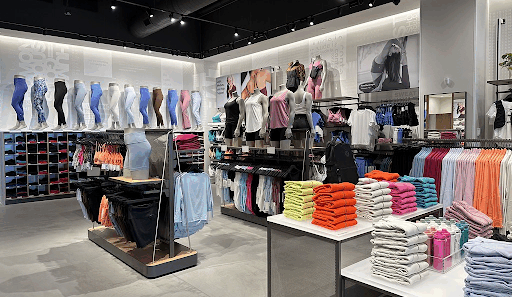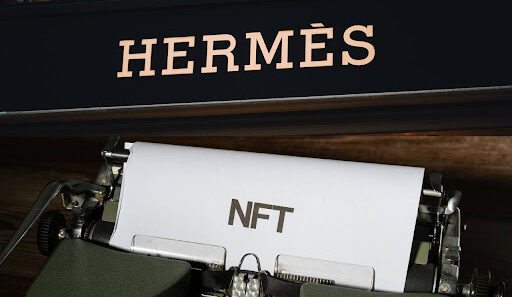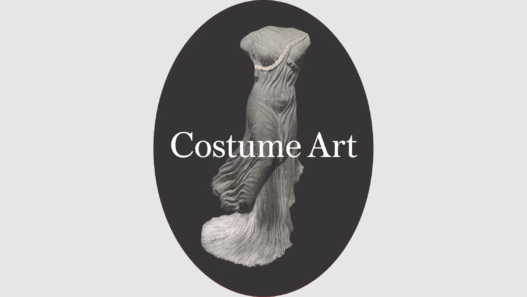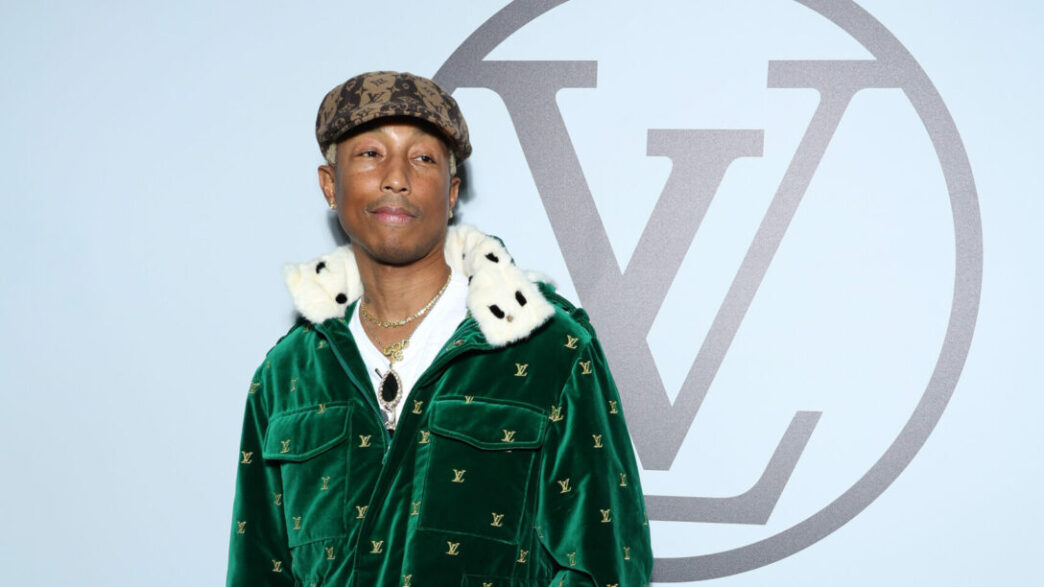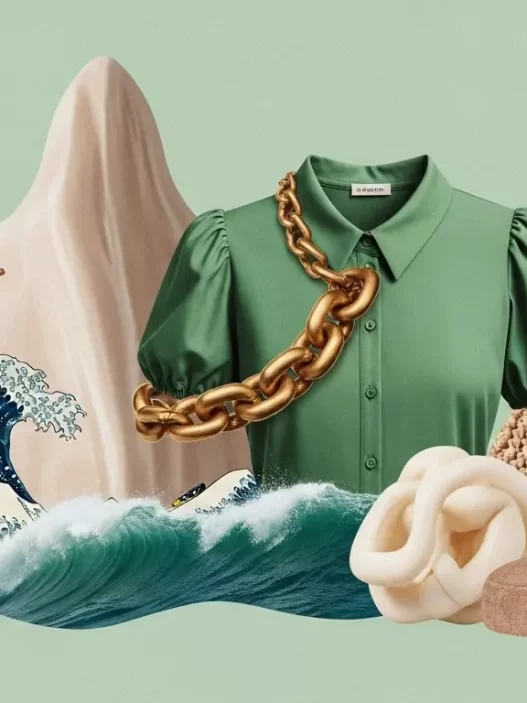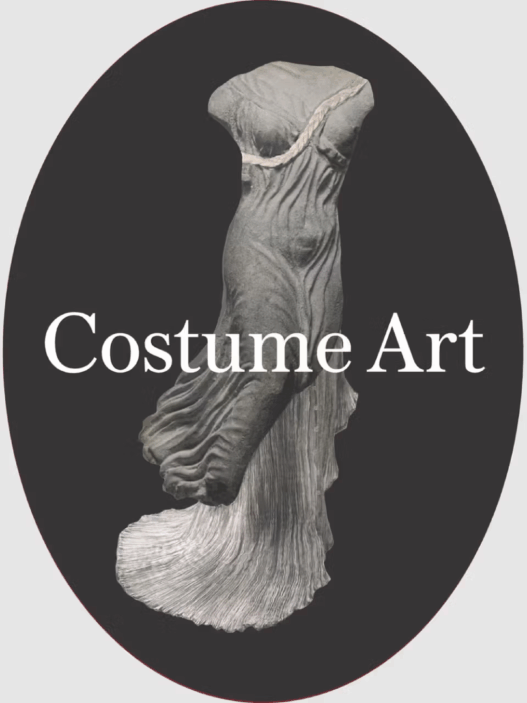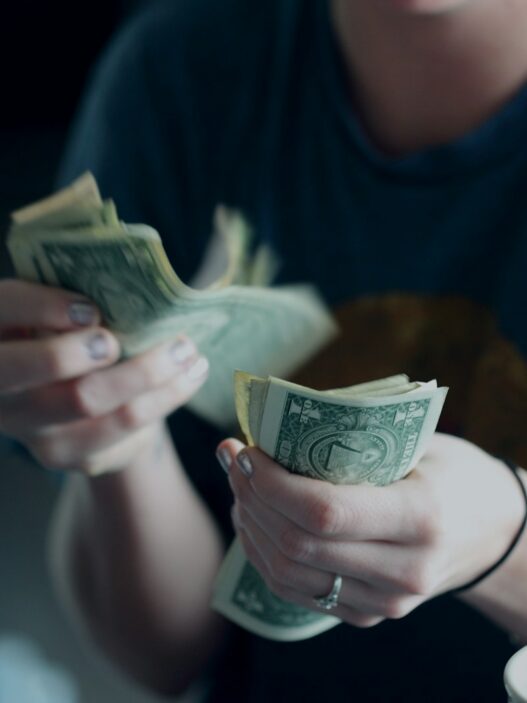The fashion world is obsessed with creative directors, and lately, it’s equally obsessed with celebrities, particularly famous musicians, stepping into the role. From Jaden Smith’s bold appointment at Louboutin to SZA’s new gig at Vans and Pharrell Williams at Louis Vuitton, it seems every luxury house wants a slice of cultural relevance and fresh energy. But what’s driving this revolving door? Is celebrity star power a shortcut to sales, or does it risk diluting brand identity?
The Allure (and Risks) of Celebrity: It’s More Than Buzz
Celebrities have shaped fashion trends for decades, but the shift from campaign faces to creative leaders marks a new phase. Brands increasingly want more than a famous face; they want a vision, a following, and instant engagement. For luxury houses facing stagnant growth or relevance crises, a celebrity appointment is seen as an immediate fix: a way to spark viral buzz, spike press coverage, and drive renewed interest.
Yet, as Shelton Boyd-Griffith and other critics point out, the appointment of musicians and stars isn’t always about the clothes; it’s about the headlines. A-listers bring a loyal fanbase and cultural cachet that can generate buzz. But does that translate into sales? Not always, especially in a luxury market where depth of design and heritage matter.
The Creative Director’s Job: Far More Than Style
A creative director’s real value lies in storytelling, team-building, and curating collections that resonate with the brand’s ethos—skills not every celebrity can claim. The best musicians-turned-creatives (Pharrell at Louis Vuitton or Rihanna at Puma) succeed not just with style, but with vision, leadership, and hands-on design that elevates both brand and culture. When the fit is authentic, results can be huge: Puma’s Fenty collaboration drove over $1 billion in first-year revenue.
Conversely, mismatches (Cardi B at Playboy, for example) reveal the risks: diluted identity, audience confusion, and limited impact, regardless of a celebrity’s popularity.
Why Musicians, and Why Now?
Musicians are seen as natural fits for creative director roles; they understand rhythm, narrative, and personal branding. Their public personas and self-expression translate well to designing collections and championing brand ethos. Music and fashion constantly overlap, with artists often driving streetwear and luxury trends.
But not every musician is a designer. In an era shaped by algorithms and rapid trend cycles, brands bet on musicians hoping their risk-taking energy ignites innovation. Whether that risk is sustainable, and whether it actually moves product, remains up for debate.
Oversaturation and Authenticity: The Balancing Act
The flood of celebrity creative directors risks oversaturation: too many partnerships can make endorsements feel less genuine. Consumers want real connection and transparent practices. Brands must strike a balance: leveraging star power without losing legacy, making sure that collaborations don’t overpower the house’s DNA.
Legacy and Ethics: Can Star Power Go Beyond Branding?
Enduring partnerships set benchmarks in sustainability and ethics. Stella McCartney’s eco-championing brand and Emma Watson’s advocacy for ethical labels showcase how celebrities as creative directors can shape multi-year change, not just short-term sales.
Yet, most celebrity appointments (especially in the luxury sphere) are hard to quantify financially. The return depends on market fit, authenticity, and the depth of collaboration.
So, What’s Next?
Fashion’s fascination with celebrity creative directors reflects a real crisis: luxury houses battling for relevance amid changing consumer habits and social media noise. Musicians offer risk, buzz, and cultural currency. But in an industry that still values craft and heritage, the pendulum could swing back to technical designers. For now, the mix of fame and creative leadership remains fashion’s most compelling (and controversial) experiment.



